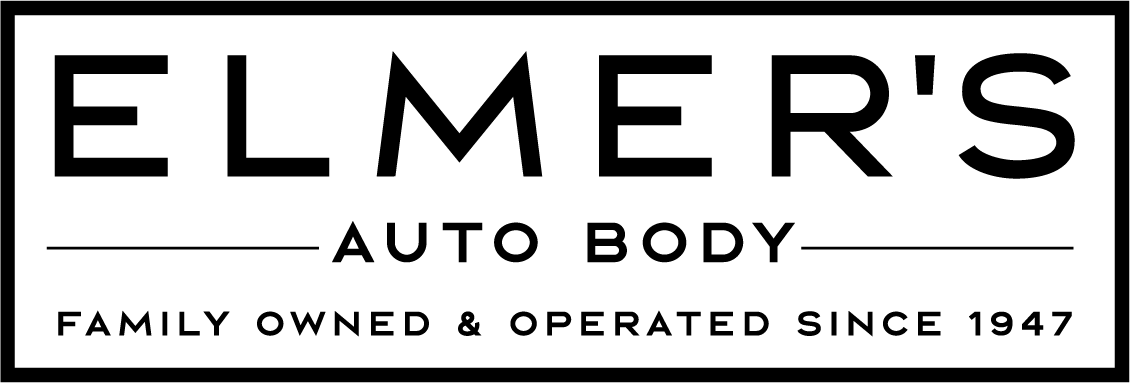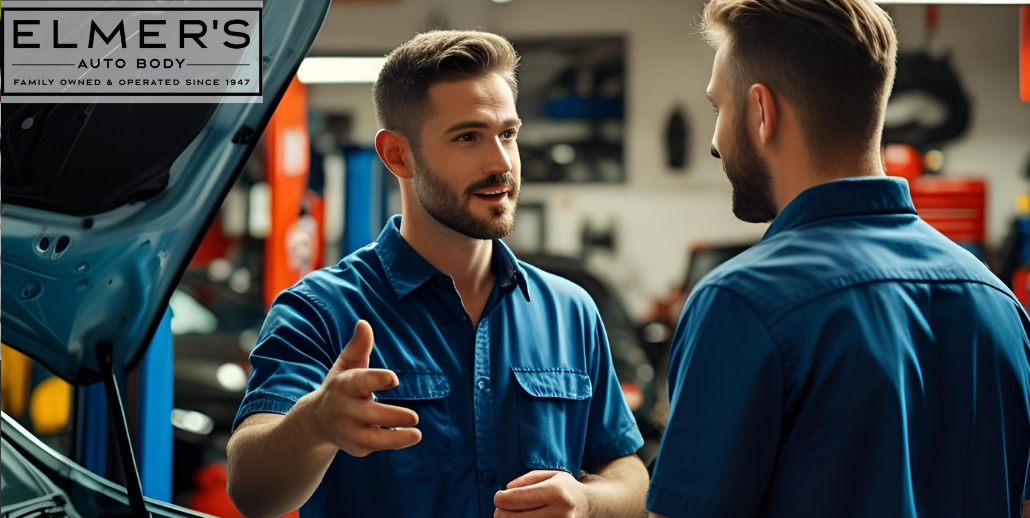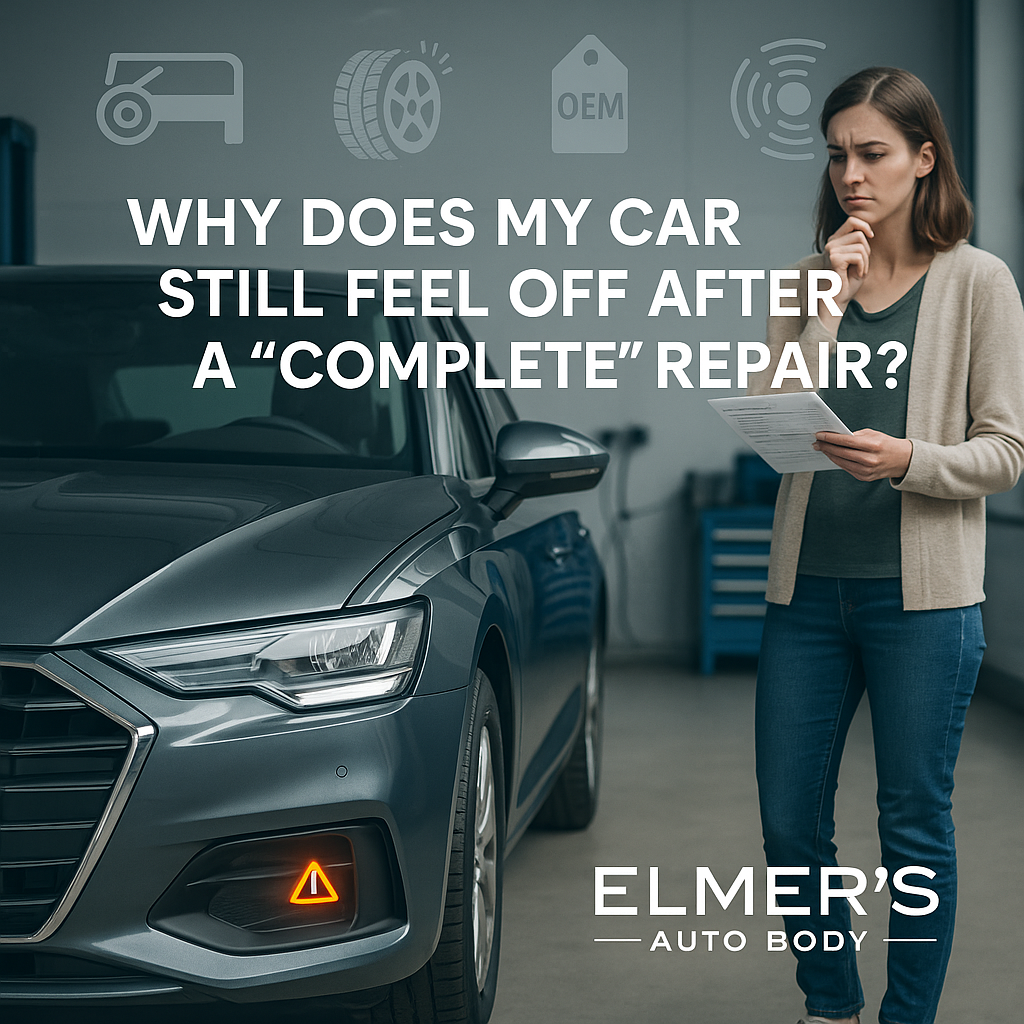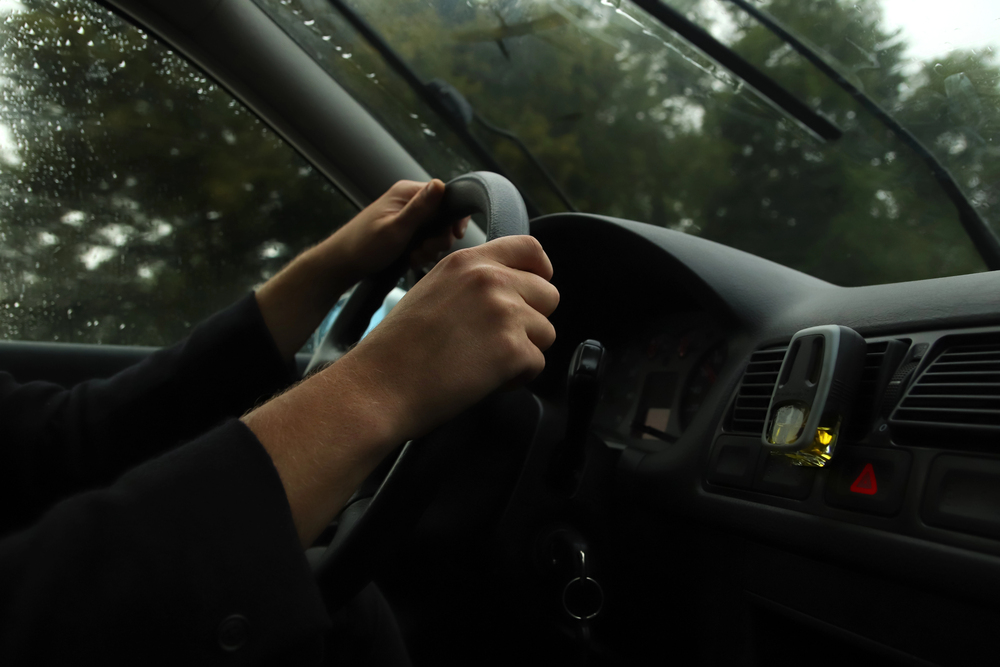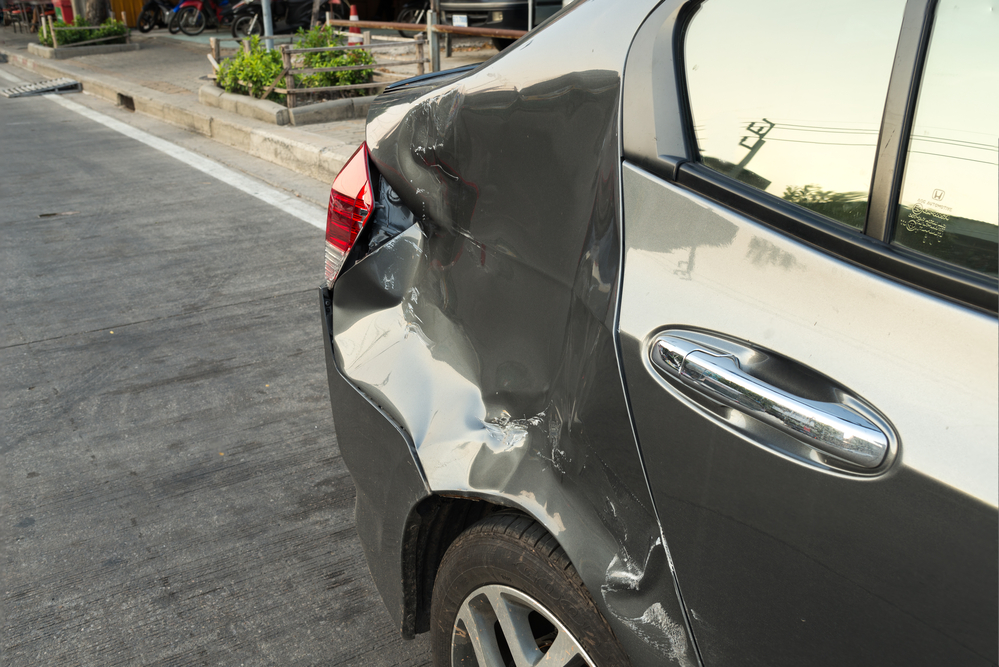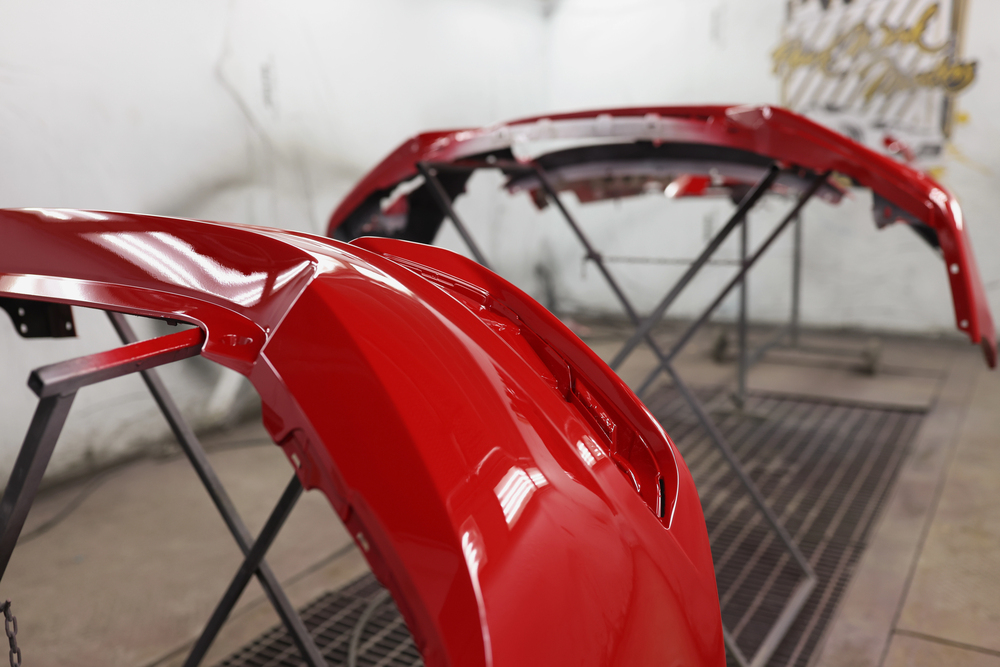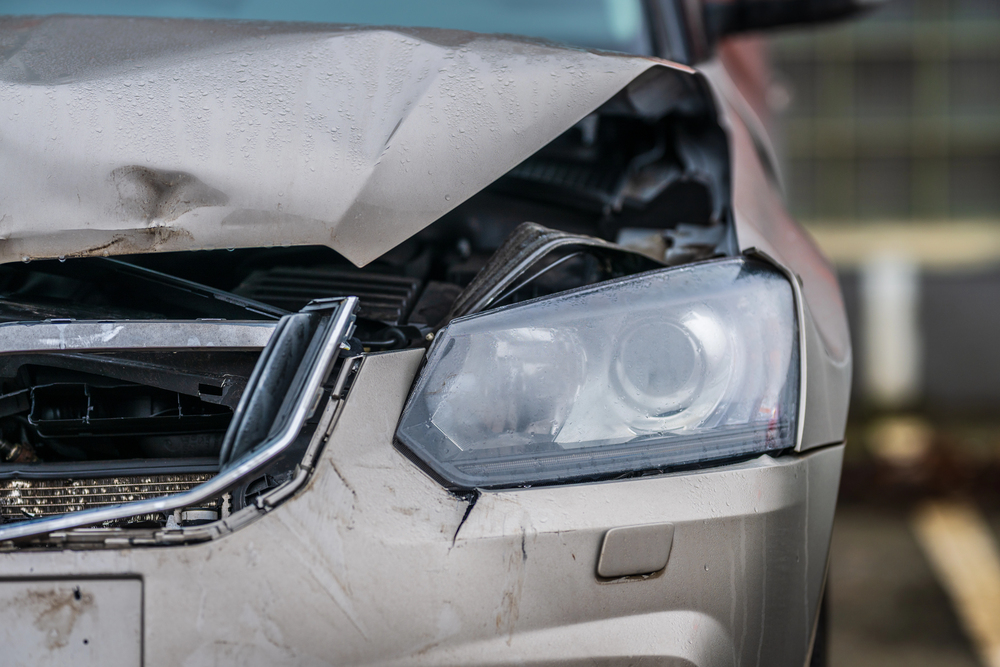After an accident, getting your vehicle repaired shouldn’t be an additional stressor. You’ve already been through a crash, so why do some insurance companies and repair shops leave you in the dark? No one wants to be unsure of what’s happening to their vehicle or questioning when it will be ready to drive. At Elmer’s Auto Body, we believe communication is just as important as craftsmanship. That’s why our repair process also includes steps to keep you informed during repairs, so you know what’s happening without keeping overwhelmed.
Here’s how we make sure you always know what’s happening, minus the headaches!
Key Takeaways
- Elmer’s Auto Body prioritizes clear communication by walking you through the repair process from the moment you drop off your vehicle, including estimated timelines, types of damage, OEM parts, and insurance coordination.
- Digital updates via text or email keep you informed throughout the repair process, including progress notifications, photos, delay alerts, and updated completion dates—so you never have to guess what’s going on.
- Real team members are always available by phone or in person at any South Jersey location, giving you direct access to answers and updates when automated systems aren’t enough.
- Insurance coordination is handled on your behalf, with Elmer’s managing paperwork, approvals, and communication with insurers while keeping you informed without adding stress.
- You’ll always be notified of timeline changes, and every completed repair ends with a final walkthrough to explain the work done, review warranty coverage, and ensure your peace of mind.
Clear Communication from the Start
When you first arrive at one of Elmer’s Auto Body’s South Jersey locations, we don’t just take your keys and send you on your way. Our team takes the time to walk you through the entire repair process. From the very beginning, we’ll explain what’s going on and what needs to be done to your vehicle. We will create a personalized repair plan for your vehicle’s damage, one that includes:
- An estimated timeline for repairs. You’ll have a realistic ideal for how long the repairs will take. We account for everything for disassembly to paint curing so you’re not left confused.
- The types of damage we’ll address. We’ll discuss both hidden and visible damage. If further damage is uncovered once we start repairs, we’ll let you know immediately.
- What OEM parts will be ordered. OEM parts are key in performance and long-term value. We’ll let you know about OEM availability and if anything needs to be changed.
- Any possible insurance coordination. If you’re filing a claim, our team can walk you through the process and help you work with your insurer for the best outcome.
Pro Tip
Don’t hesitate to ask your repair shop how they communicate during the repair process. A quality shop will offer regular updates, transparent timelines, and real-time answers—just like Elmer’s Auto Body does—so you’re never left in the dark.
Digital Updates So You Don’t Have to Guess
It’s frustrating when your car is at the shop and you don’t know what’s going on. That’s why Elmer’s Auto Body uses a proactive update system that keeps you informed every step of the way. You don’t need to chase down answers. Based on your preference, we’ll send you text messages or emails to help you stay informed during the repair process.
These updates include:
- Notifications when your vehicle enters each repair phase, like disassembly, parts arrival, painting, reassembly, and final inspection.
- Photos of repairs in progress, when available, so you can see exactly what we’re doing behind the scenes.
- Immediate alerts about delays, such as when a part is backordered or an insurance supplement is pending. You won’t be left wondering why the timeline changed.
- Updated projected completion dates, so you always know when to expect your car back.
Real People When You Need One
Sure, automated updates are convenient, but they don’t always provide you with all the answers. Sometimes, you just want to talk to someone real. At any of our three South Jersey locations, our team is always available by phone or in person. We’re happy to answer any questions, provide clarifications, or walk you through any unexpected findings during repair.
Handling Insurance So You Don’t Have To
Insurance is a major headache. That’s why Elmer’s Auto Body works directly with your insurance provider. We help manage approvals, supplements, and documentation. Throughout the process, we keep you informed but never dump the paperwork on your plate—you’ve got enough to do! Our goal is to ensure that your updated, not troubled.
Transparent Timeline Adjustments
Sometimes, parts arrive late or hidden damage is discovered during disassembly. If that happens, we’ll contact you immediately with an updated timeline, as well as an explanation of what changed. You’ll never be surprised by a delay or left wondering why things are taking longer than expected.
Final Walkthrough Before You Drive Away
Once repairs are complete, we’ll give you a full walkthrough before handing back the keys. We’ll show you what was fixed, answer any last-minute questions, and go over the warranty coverage that applies to the work done. You leave with peace of mind, not lingering doubts.
Frequently Asked Questions
1. How will I know what’s happening during my car’s repair?
Elmer’s Auto Body provides digital updates via text or email, letting you know when your car enters each phase of the repair process. You’ll get photos, progress reports, delay notifications, and updated completion estimates.
2. Can I talk to someone if I have questions?
Absolutely. In addition to digital updates, real people are available at all three South Jersey locations. You can call or visit any time to speak with a team member who can answer your questions in detail.
3. Will I be notified if there’s a delay?
Yes. If a part is delayed or hidden damage is discovered during disassembly, you’ll be contacted immediately with a revised timeline and an explanation of the change. You’re never left wondering why it’s taking longer.
4. Who handles communication with the insurance company?
Elmer’s Auto Body does. Our team coordinates directly with your insurance provider, handling approvals, supplements, and documentation—keeping you informed without overwhelming you with paperwork.
A South Jersey Auto Repair Shop Making the Process Simple
Clear, consistent communication is part of any auto body repair service. Elmer’s Auto Body, however, takes the time to ensure that your repair is not only top-notch but also provides you peace of mind. If you’ve had a bad experience at another auto body repair shop that kept you in the dark, don’t worry. We’ll show you how it should be done!
Visit one of our convenient locations in Medford, Sewell, or Mt. Ephraim, New Jersey, or contact us online to schedule your estimate. You’ll know what’s happening for start to finish, without the stress.
